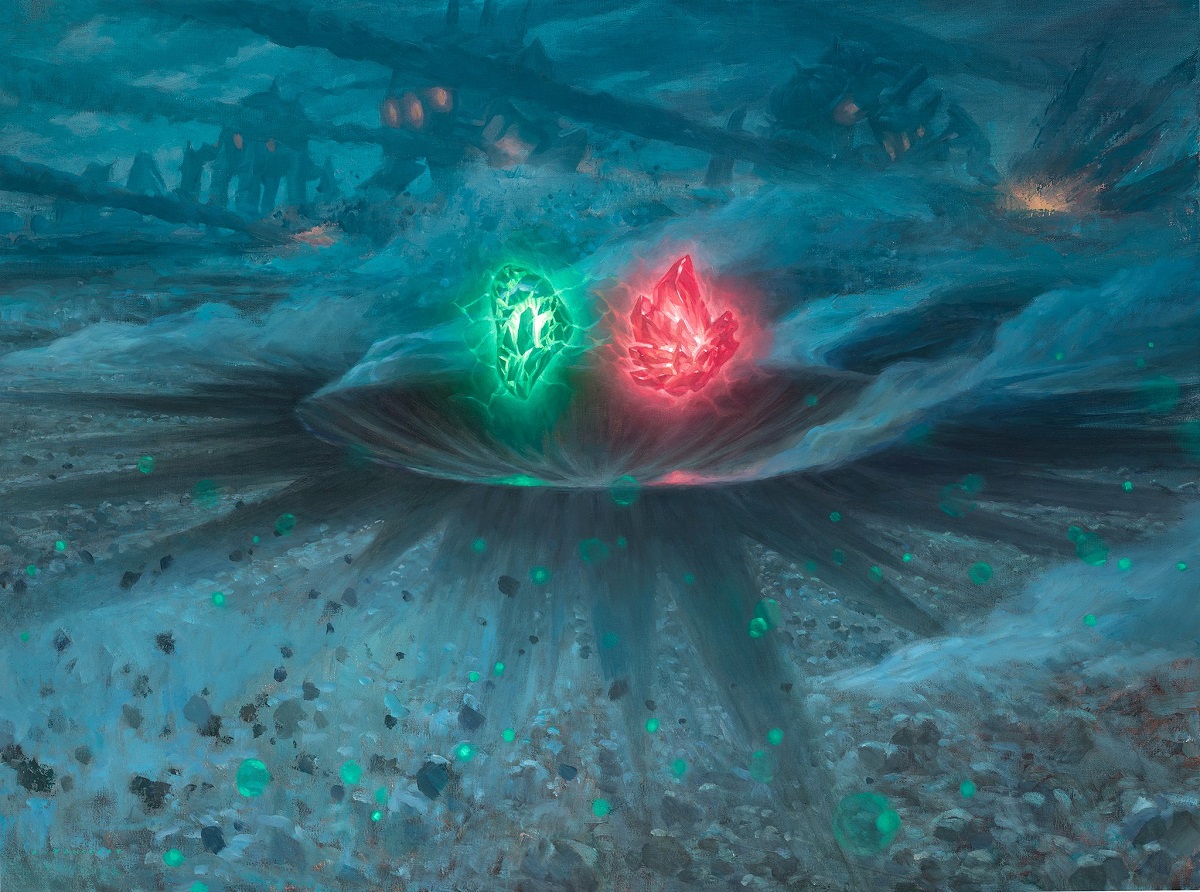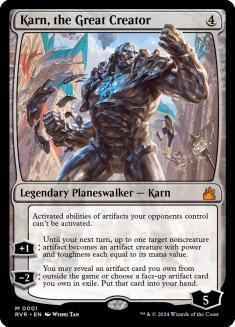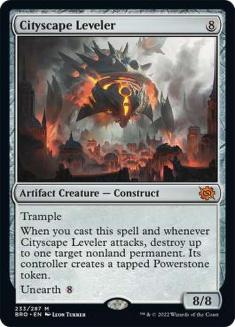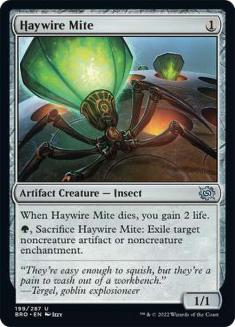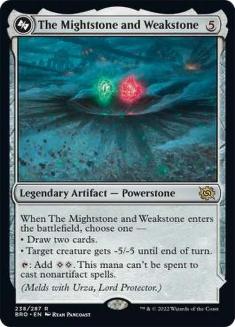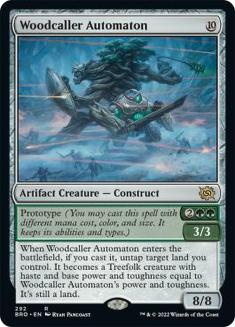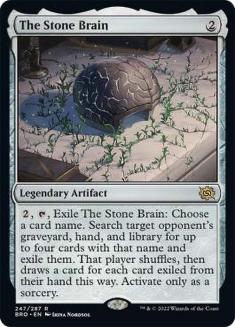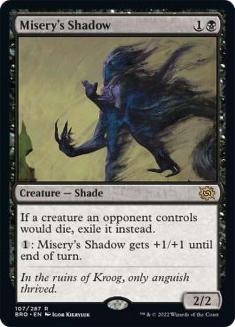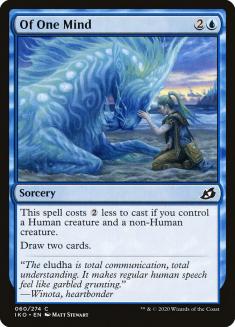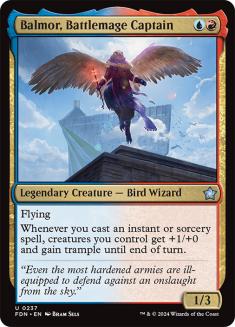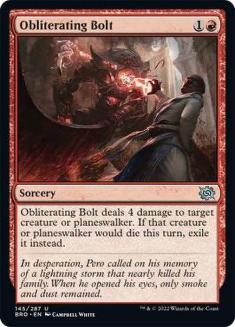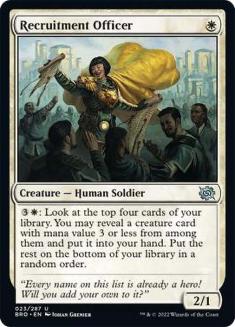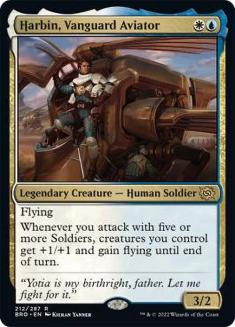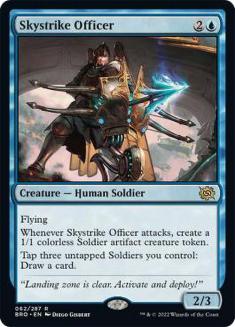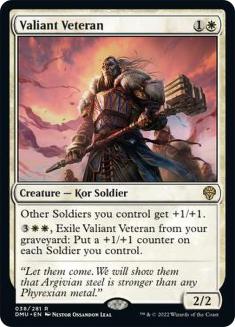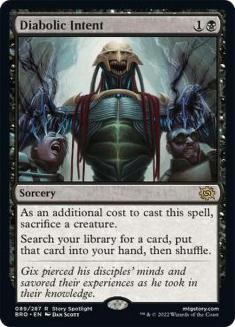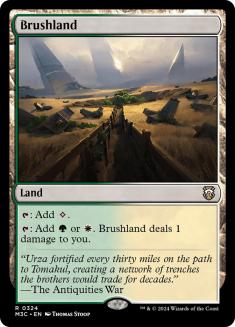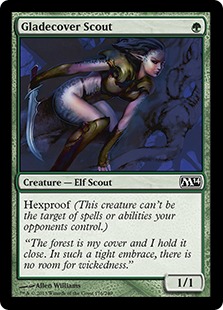The first round of Regional Championships this weekend represents not only an important milestone for competitive play in paper, but the return of Pioneer to the big stage.
When the dates for DreamHack Atlanta and its European equivalent in Sofia were announced, competitors noted that this was as soon as possible after the release of The Brothers’ War, and that it would be easy for someone to blindside the whole room by figuring out some puzzle or finding a hidden gem from the new set. This event could channel that same sense of excitement that surrounded the Pro Tour in its prime at the start of a new format. Will someone break it and be rewarded with a slot at the revived Pro Tour or the World Championships?
Even if you aren’t aiming that high, the immediate question is how the new cards affect the decks you know will show up.
The Mono-Green Menace
Mono-Green Devotion will field the most new cards of any deck – but only as one-ofs and only then as sideboard options for Karn, the Great Creator. The Mono-Green maindeck is more set in stone than any other archetype, and the debate over those few flex slots remains the same. The real upheaval occurs in the sideboard, which now has five or more extra artifacts competing with the already deep bench of artifacts that filled it before.
Cityscape Leveler is a clear upgrade to Meteor Golem, but it’s easy to underrate just how big that upgrade is until you see it in action for the first time. You would find Meteor Golem fairly often as the solution to a problem that wasn’t covered by your other answers or a way to press an on-battlefield advantage, but it rarely felt like a good deal even when it was clearly the right one. The 3/3 body was embarrassing for a creature that expensive – you had to really want that Vindicate.
By contrast, Cityscape Leveler is so impressive that you’ll gladly fetch it in advance, even if it doesn’t have a target lined up yet, because you just want any excuse to cast it. If it somehow isn’t the biggest threat on the battlefield, destroying a permanent on arrival and again whenever you attack will change that quickly. Trample makes it impossible to chump block, while the threat of a blocker being removed makes it unrealistic to trade in combat.
If it is removed somehow, unearth can bring it back for a last hurrah, sending it to a short-lived exile, as Karn can immediately retrieve it again, which also foils any plan to circumvent unearth by exiling Cityscape Leveler instead. Karn can even grab a Cityscape Leveler locked under a Leyline Binding or Brutal Cathar! Leveler’s trigger also trumps anyone trying to hide behind Disdainful Stroke or similar effects.
The threat of Leveler now looms over any game that goes long enough. Karn is often an expensive tutor for Leveler now – and you’re perfectly fine with that.
The mere addition of Leveler would be a big boost for Mono-Green Devotion, but that’s just the start. Haywire Mite gives Karn a cheap response to both proactive enchantments like Fires of Invention or Enigmatic Incarnation and answers like Leyline Binding or Temporary Lockdown. The Gruul Midrange decks are full of Vehicles like Esika’s Chariot or Skysovereign, Consul Flagship that are already disabled by Karn, but Mite covers their other mid-game trumps like The Akroan War or Embercleave.
The Mightstone and Weakstone is the least distinguished of these new options, but it serves a useful role in shooting down mid-sized creatures that outsize Skysovereign, Consul Flagship, like Sheoldred, the Apocalypse or Thing in the Ice. Transmogrifying Wand can answer these as well as even larger creatures, but this will often result in Karn dying immediately and you falling further behind. The Mightstone and Weakstone lets you actually break serve in those spots, but it may end up on the outside looking in.
Woodcaller Automaton adds another new mode to Karn, letting you recoup mana by untapping and animating Nykthos to keep a combo chain going. This comes up most often when you cast a Storm the Festival with some mana floating and hit Karn, which can now use Automaton to generate more mana (keep in mind that Automaton itself adds two devotion to green if cast with Prototype) and flashback that Storm. It also makes the mana + devotion requirements for infinite combo lines where you have a second copy of Karn much easier to meet.
Automaton does a passable impression of Esika’s Chariot when you need multiple bodies to stabilize the battlefield, and creating an attacker with haste gives Karn another way to finish off a planeswalker. That said, I think Chariot is stronger by a big enough margin when you are behind or have few resources that I’d still want access to both.
I’ve said enough about The Stone Brain in Pioneer already. If you’re playing some offbeat combo deck, expect to get Brained and ask if you can cope with that.
The Best of the Rest
This set’s impact on the other top decks is much less extreme, but they still have some options to weigh up.
Rakdos Midrange is known for its glut of three-drops, lack of two-drops, and the fierce competition for the four-drop slot between Kalitas, Traitor of Ghet and Sheoldred, the Apocalypse. Misery’s Shadow has generated some attention as a strong two-drop that imitates Kalitas’s signature ability at a much more convenient spot on the curve – Turn 2 Shadow sets up a quick Dreadbore or Liliana of the Veil activation on Old-Growth Troll, for example – which in turn lets you settle that other debate in favour of Sheoldred. In grindy games where both players have a lot of mana, your two-drop now dominates the battlefield. It’s hard to expect more from such a modest investment.
Third Path Iconoclast is sure to make waves in Izzet decks across all formats, but it doesn’t have a clear place in the most popular Izzet deck in Pioneer. Izzet Phoenix can afford to run very few noncreature spells that aren’t instants or sorceries to properly respect Pieces of the Puzzle and Arclight Phoenix, so Iconoclast is functionally the same as Young Pyromancer – except that it gets hit by Mystical Dispute and Rending Volley, two popular sideboard cards you can expect to face.
It has a better shot in decks that are on the fence about Young Pyromancer – or want as many Young Pyromancers as they can get their hands on. ‘Bigger’ Izzet decks trying to pair Crackling Drake with Fable of the Mirror-Breaker or Narset, Parter of Veils with Day’s Undoing have enough spells that fall outside Pyromancer’s remit that Iconoclast is a significant upgrade.
On the other extreme, we find the style of Izzet Prowess decks that want to flood the battlefield with tokens that they can boost with Balmor, Battlemage Captain or reward themselves for casting spells in as many ways as possible. It’s not clear how many Pyromancer effects these decks want, but Iconoclast lets you choose that number for yourself.
If you set your sights higher, both Pyromancer and Iconoclast are self-contained ways to control both a Human and a non-Human at once to unlock the discount for Of One Mind. When you could play Expressive Iteration alongside Treasure Cruise, there was no reason to jump through these hoops – now, this is an appealing way to keep the cards flowing in the mid-game without relying on the graveyard.
Red receives some nice upgrades to its removal suite here. Obliterating Bolt is a strict improvement to Lava Coil that can take down Karn or offer some prospect of actually killing Kiora, Behemoth Beckoner. Brotherhood’s End is the latest Sweltering Suns variant, but the only one that gives another form of insurance against Unlicensed Hearse for Izzet Phoenix.
Mono-White Humans has more riffs on Elite Vanguard than you can shake a stick at in Pioneer, but Recruitment Officer is the best of the bunch. One of the strengths of Mono-White is that many of its threats stay relevant in the mid-game, and Recruitment Officer can dig up that crucial Thalia’s Lieutenant or Brutal Cathar to swing the game long after its own 2/1 body has become obsolete.
The Brothers’ War continues Dominaria United’s enlistment of powerful Soldiers, and there are enough tribal payoffs that a dedicated Soldiers deck almost looks possible. There’s a lot of crossover with Humans, and those incentives are still supreme – it’s hard to imagine anything dethroning Thalia’s Lieutenant – but with enough Human Soldiers, you can imagine Valiant Veteran joining it as another two-drop Lord turning every creature into a legitimate threat.
Diabolic Intent is the perfect candidate for a reprint in that it looks very dangerous, yet is frustratingly hard to use effectively. You need both enough cheap creatures that you’re keen to sacrifice and a payoff worth fetching, and no existing Pioneer deck ticks both boxes. Rakdos Sacrifice might come to mind, but that deck has surprisingly little in the way of sacrifice fodder when it isn’t looping the same Cauldron Familiar every turn. Abzan Greasefang has a namesake that you want to find in every game, but only Stitcher’s Supplier as a good setup card for Diabolic Intent. If Intent shows up this weekend, I expect it to be in something that’s totally out of left field.
The real wildcard of this set might be… Brushland?! The Brothers’ War finally completes the painland cycle in Pioneer with Underground River – probably the least important member of the entire cycle – and Brushland, which I expect to be much more important. In an odd twist of fate, the Selesnya deck with the most current momentum is Angels, which has such a high mana curve that it can mostly ignore the drawback on fixing like Overgrown Farmland instead. Brushland is a welcome addition to its manabase but a marginal one.
By contrast, Brushland means that green is now doable as a secondary colour in Auras. Gladecover Scout has always been the main prize here, but Audacity is an easily missed pickup from this set too. Your mana will be painful – you still have to play Mana Confluence, and you’ll be tapping that Brushland for coloured mana a lot without a Razorverge Thicket to lean on – but finally functional.
This set should give a good mix of guaranteed stars and promising wildcards to keep Pioneer churning as it prepares for its comeback tour.

